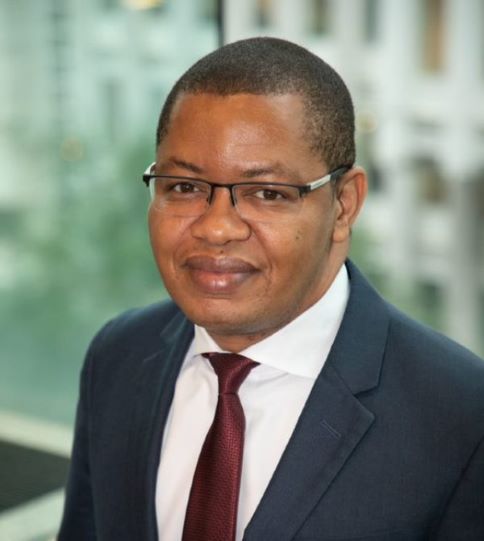MONROVIA– The World Bank has launched the third edition of the annual Liberia Economic Update with the theme: “Investing in Human Capital for Inclusive and Sustainable Growth”.
The Liberian economy experienced strong growth in 2021. After contracting by 3.0 percent in 2020 due to the COVID-19 pandemic, growth recovered to 5.0 percent in 2021, the Bank said in a press statement on Thursday, September, after the launch of the update in Monrovia.
The rebound was driven by improved external demand, higher prices for Liberia’s main exports, and the resumption of normal domestic activity. Meanwhile, growth slowed in the first half of 2022, even when mining and construction continued to perform well.
In agriculture, rubber and cocoa production dropped by 13.5 percent and 27 percent, respectively. In the industrial sector, iron ore, gold, and cement production all increased, reflecting firmer international prices and an uptick in construction activity. However, services growth fell, as reflected in the decline in beverages and electricity production.
“The positive economic growth of 5.0 percent in 2021 from the COVID-19-induced recession in 2020 is important for Liberia’s efforts to reduce poverty,” said Khwima Nthara, World Bank Country Manager for Liberia. “Going forward, the focus should be to sustain the recovery and ensure that growth is inclusive through investments in human capital, social protection, and labor-intensive productive sectors such as agriculture,” he added.
Growth is projected to slow down to 3.7 percent in 2022, reflecting increased global uncertainties and commodity price shock, but reach an average of 5.2 percent over 2023-2024. Beyond 2022, growth is underpinned by significant tailwinds for mining, the government’s planned scale-up of public investment, and the implementation of structural reforms including in key enabling sectors (such as energy, trade, transportation, and financial services).
Inflation is projected to remain low and stable, averaging 7.2 percent per year in 2022-2024. Sustaining low levels of inflation would help Liberian households to retain their purchasing power, and it is projected that by 2023 poverty rates will start to decrease.
The fiscal deficit is projected to widen to 4.3 percent in 2022 but improve in the medium term with reforms aimed at improving domestic resource mobilization and consolidating expenditures. Notably, the lingering effects of the war in Ukraine could pose significant risks to the outlook.
The economic update also reports that Liberia’s Human Capital Index is as low as 0.32, performing better than only three countries in the world—out of 174 countries assessed.
By 2020, the human capital gap in Liberia was mainly driven by poor education (contributing 50 percent), poor health (12 percent), and survival (7 percent). The underlying factors contributing to the country’s low human capital outcomes are multiple and complex. They include weak institutions, ineffective service delivery, demographic pressures, and low and inefficient social spending. In addition, poor coordination among government agencies responsible for human capital development often results in unresponsive or suboptimal service delivery.
“Liberia human capital outcomes are amongst the worst in the world largely due to slow progress in education and health,” said Gweh Gaye Tarwo, Liberia Country Economist and main author of the report. “Thus, improving the country’s human capital outcomes would require significant interventions in the health and education sectors. Investing in human capital will be crucial for Liberia to grow faster, reduce poverty, and deliver substantial social benefits in the long term. The Liberian Government has made some strides in these sectors, but more can be done,” he pointed out.

